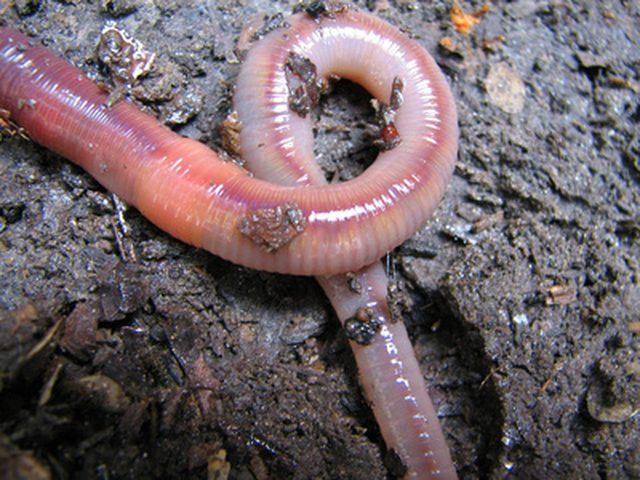Bulbs
Flower Basics
Flower Beds & Specialty Gardens
Flower Garden
Garden Furniture
Garden Gnomes
Garden Seeds
Garden Sheds
Garden Statues
Garden Tools & Supplies
Gardening Basics
Green & Organic
Groundcovers & Vines
Growing Annuals
Growing Basil
Growing Beans
Growing Berries
Growing Blueberries
Growing Cactus
Growing Corn
Growing Cotton
Growing Edibles
Growing Flowers
Growing Garlic
Growing Grapes
Growing Grass
Growing Herbs
Growing Jasmine
Growing Mint
Growing Mushrooms
Orchids
Growing Peanuts
Growing Perennials
Growing Plants
Growing Rosemary
Growing Roses
Growing Strawberries
Growing Sunflowers
Growing Thyme
Growing Tomatoes
Growing Tulips
Growing Vegetables
Herb Basics
Herb Garden
Indoor Growing
Landscaping Basics
Landscaping Patios
Landscaping Plants
Landscaping Shrubs
Landscaping Trees
Landscaping Walks & Pathways
Lawn Basics
Lawn Maintenance
Lawn Mowers
Lawn Ornaments
Lawn Planting
Lawn Tools
Outdoor Growing
Overall Landscape Planning
Pests, Weeds & Problems
Plant Basics
Rock Garden
Rose Garden
Shrubs
Soil
Specialty Gardens
Trees
Vegetable Garden
Yard Maintenance
How Fast Do Compost Worms Reproduce?
How Fast Do Compost Worms Reproduce?. Gardeners value compost worms, which also are called red worms and red wigglers, for vermiculture composting. Continuous breeding is essential for this form of composting because it increases the breakdown of compost materials.

Gardeners value compost worms, which also are called red worms and red wigglers, for vermiculture composting. Continuous breeding is essential for this form of composting because it increases the breakdown of compost materials.
Importance
Reproduction of red worms (Eisenia fetida) is important because their waste products, called castings, provide key soil nutrients that are beneficial in gardening and the environment.
Reproduction
Red worms reproduce when they reach maturity, which is marked by the formation of an external egg sac at about 90 days of age. In ideal conditions thereafter, each red worm produces a cocoon containing about 20 juvenile worms each week.
Ideal Conditions
Red worm reproduction is most successful in a healthy environment. The cocoons may fail to hatch if conditions are not right, and keeping the temperature above 55 F was recommended by Jeff Schalau, Yavapai County director of Arizona Cooperative Extension, in an Extension article. Therefore, even when adult worms produce a cocoon every seven days, the cocoon may take up to 21 days to hatch. The eggs, however, remain viable for two years, waiting for conditions to regulate. In good conditions, a worm population can double each month.